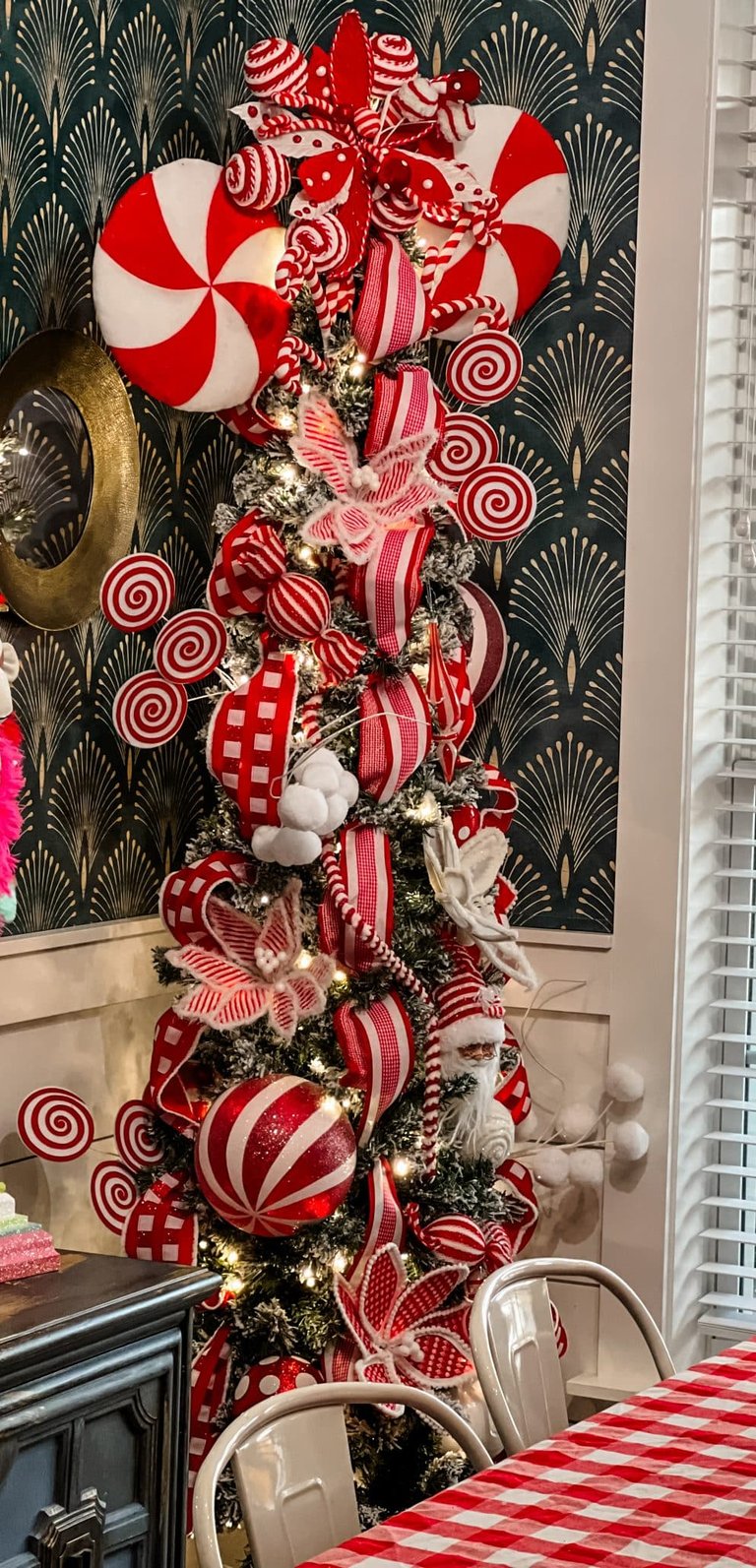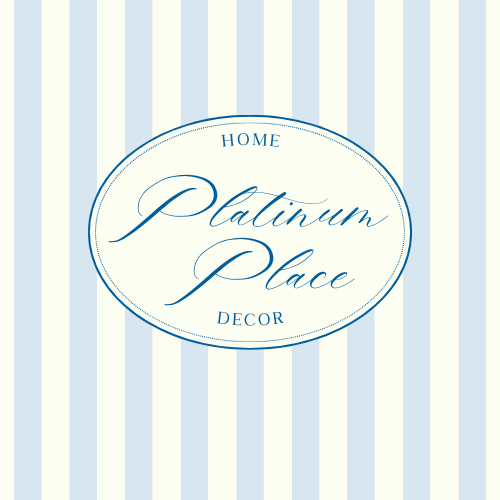The Rise of High-End Christmas Decor: Why We're All Going Overboard This Holiday Season
SEASONAL
Kelley Busbice
8/25/20254 min read


The Rise of High-End Christmas Decor: Why We're All Going Overboard This Holiday Season
In the glow of twinkling lights and the scent of pine, Christmas decor has evolved from simple strings of tinsel to elaborate, designer-curated spectacles. High-end Christmas decorations—think artisanal ornaments from brands like Christopher Radko, custom wreaths from Balsam Hill, or Swarovski crystal accents—are no longer reserved for luxury hotels or celebrity homes. They're infiltrating everyday living rooms, driven by a cultural shift toward opulent holiday experiences. As we approach the 2025 holiday season, this trend shows no signs of slowing. But why has high-end decor become all the rage, and why are so many people splurging excessively? Let's unwrap the reasons behind this festive frenzy.
A Glittering Evolution: From Humble Beginnings to Luxury Staples
Christmas decorating has roots in ancient pagan rituals, where evergreens symbolized life amid winter's darkness. The modern tradition exploded in the Victorian era, with Queen Victoria's influence popularizing adorned trees and garlands. Fast-forward to today, and high-end decor represents a premium upgrade. According to design experts, 2025 trends lean toward "nature-inspired elegance," blending organic elements like foraged branches and faux fur with upscale metallics for a refined, earthy luxury. This evolution reflects a broader desire for decor that's not just seasonal but investment-worthy—pieces that endure multiple holidays, justifying their higher price tags.
Retail data supports this shift. Luxury retailers like Harrods and Neiman Marcus report surging sales in premium holiday items, with consumers favoring quality over quantity. In an era of fast fashion fatigue, high-end decor offers durability and timeless appeal, transforming homes into personalized winter wonderlands.
2025 Trends Fueling the High-End Hype
This year's trends are all about elevated, immersive experiences. Supersized decorations are stealing the show, from oversized baubles to dramatic paper lanterns that add a theatrical flair to any space. For those craving subtlety, luxurious glows dominate: think matte champagne gold, soft silvers, and bronzes that shimmer rather than sparkle, creating a cozy yet opulent ambiance. Nostalgic themes are huge too, with retro-inspired ornaments evoking childhood memories while fitting modern aesthetics.
Color palettes are shifting toward warmth and whimsy. Frosty whites, blues, and silvers mimic icy landscapes for a fairytale vibe, while rustic "Country Christmas" motifs incorporate wooden accents and plaid for a heartfelt touch. Bows are getting a makeover—refined, textural, and nostalgic, often in velvet or satin for that high-end polish. Even lighting trends lean luxurious, with brushed gold fixtures and soft LED strings for an upscale glow. These elements aren't just pretty; they're designed to create Instagram-worthy vignettes, amplifying their appeal in a social media-driven world.
Why High-End Christmas Decor Has Become All the Rage
The surge in popularity boils down to several interconnected factors. Post-pandemic, homes became sanctuaries, and people are investing in feel-good enhancements. With remote work persisting for many, decorating isn't just a chore—it's therapy. High-end pieces provide that psychological boost, turning ordinary spaces into joyful retreats amid global uncertainties.
Social media is a massive catalyst. Platforms like Pinterest and TikTok flood feeds with lavish setups, from celebrity homes (think the Kardashians' over-the-top trees) to influencer hauls. This visibility creates FOMO—fear of missing out—prompting users to upgrade their own displays. A 2025 market analysis notes that nostalgic and whimsical trends resonate because they evoke comfort in turbulent times, blending tradition with modern luxury.
Economic trends play a role too. While inflation bites, affluent consumers are prioritizing experiential spending. High-end decor is seen as an "affordable luxury"—a $200 artisan wreath feels indulgent yet attainable compared to a vacation. Sustainability adds appeal; many premium brands use eco-friendly materials, aligning with conscious consumerism. Nature-inspired designs, popular in luxury homes, emphasize organic beauty over disposable plastics.
Finally, the rise of "grandmillennial" style—mixing vintage charm with youthful vibes—has made ornate decor cool again. It's not about minimalism; it's about maximal joy.
The Psychology Behind Going Overboard: Why We're Buying More Than We Need
But why do so many cross into excess? Emotional drivers top the list. Christmas stirs nostalgia, and overloading on decor recreates cherished memories—or compensates for lost ones. For parents, it's about crafting magical experiences for kids, often fueled by social pressure to outdo peers. As one Reddit user notes, people upgrade from basic to fancy as finances allow, replacing broken items with pricier versions.
Sales exacerbate this. Post-holiday clearances (50-80% off) tempt impulse buys, leading to buyers' remorse when storage overflows. The "more is merry" mindset prevails; decorating enthusiasts admit to going overboard to spread smiles, even if it means clutter. For some with ADHD, the hyperfocus on festivity leads to wild splurges, with cleanup regrets later.
Social comparison amplifies it. Seeing neighbors' elaborate yards or friends' posts sparks competition. Plus, high-end items promise longevity, rationalizing the spend—though experts warn against covering every inch, as it can overwhelm spaces. In a consumerist culture, buying becomes a holiday ritual, blending joy with excess.
Balancing the Baubles: Tips for Mindful Splurging
To avoid pitfalls, focus on quality over quantity. Invest in versatile pieces that mix with existing decor. Declutter annually to keep only beloved items, reducing waste. Embrace zero-waste trends like reusable fabrics for a sustainable twist.
In essence, high-end Christmas decor's popularity stems from its ability to deliver escapism, elegance, and emotional warmth in a chaotic world. While going overboard is tempting, it's the meaningful touches that truly make the season bright. As 2025 unfolds, whether you're decking the halls modestly or maximally, remember: the best decor sparks joy, not stress.
Trends
Explore luxury home decor trends and guides.
info@platinumplacehomedecor.com
© 2025. All rights reserved.


